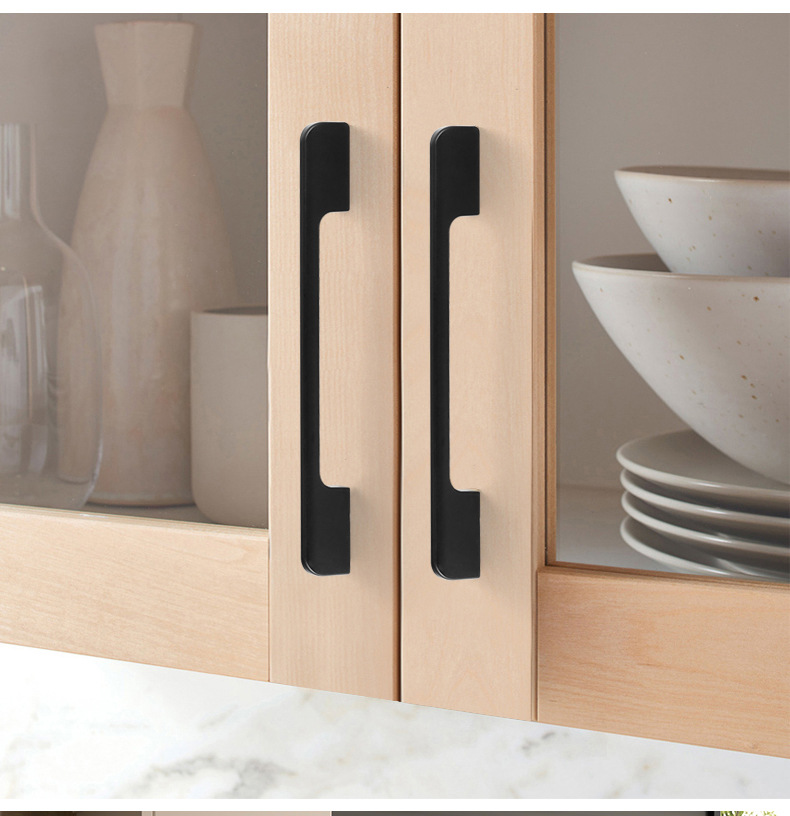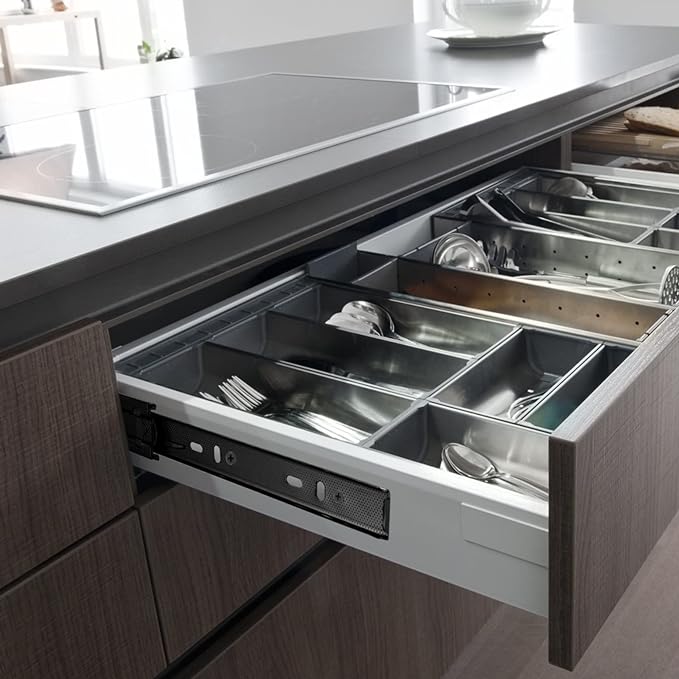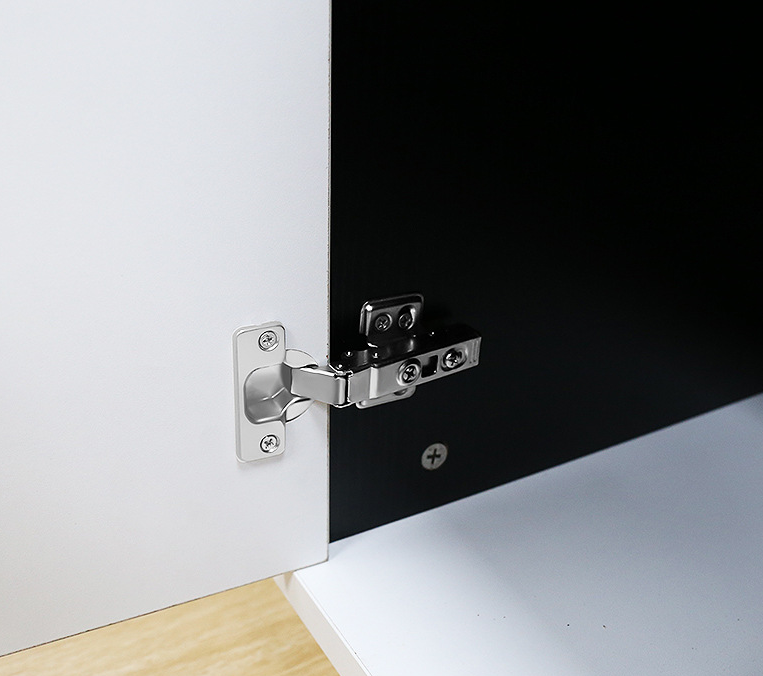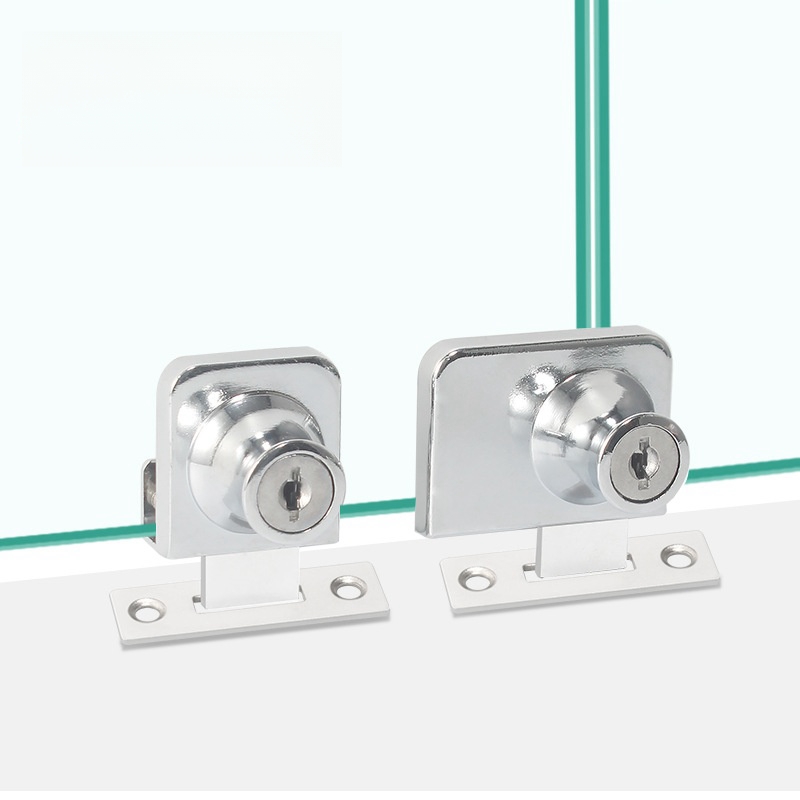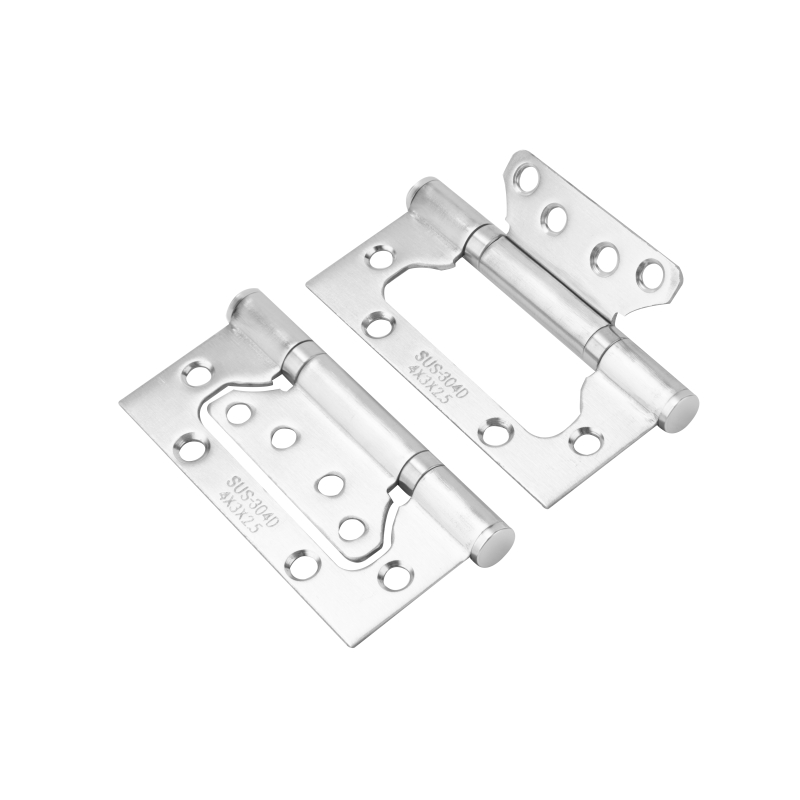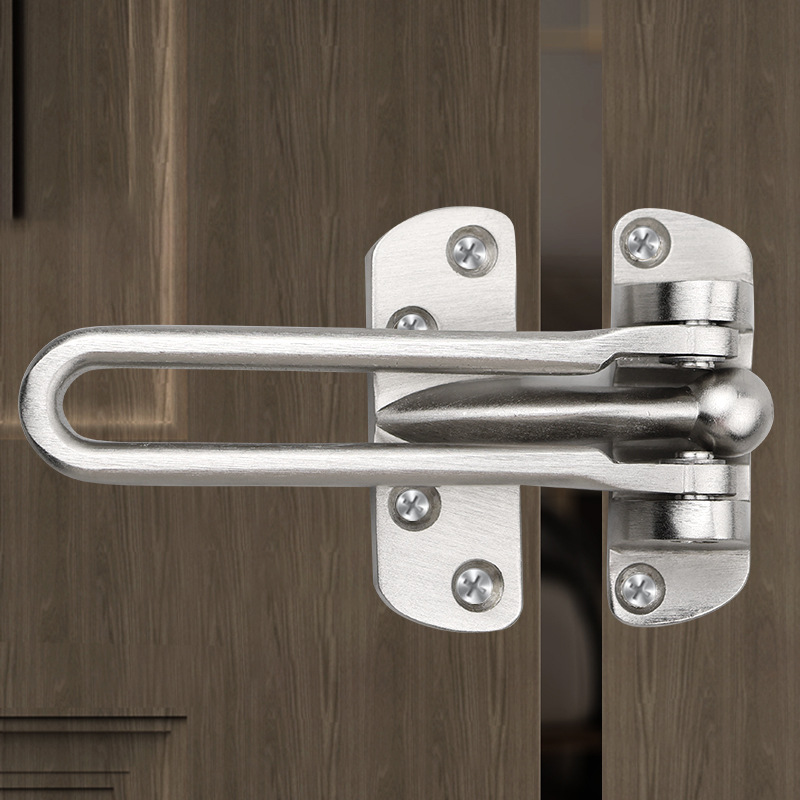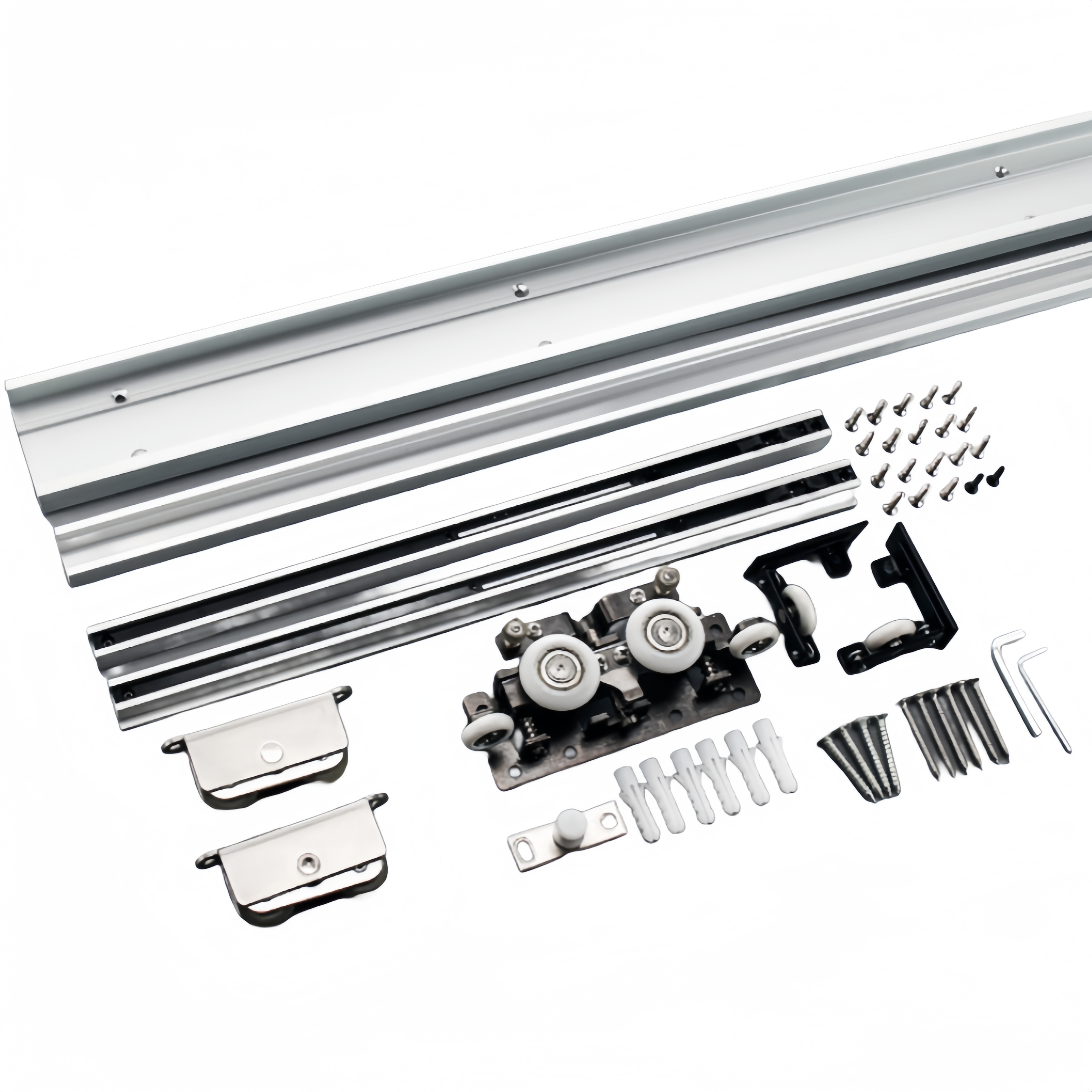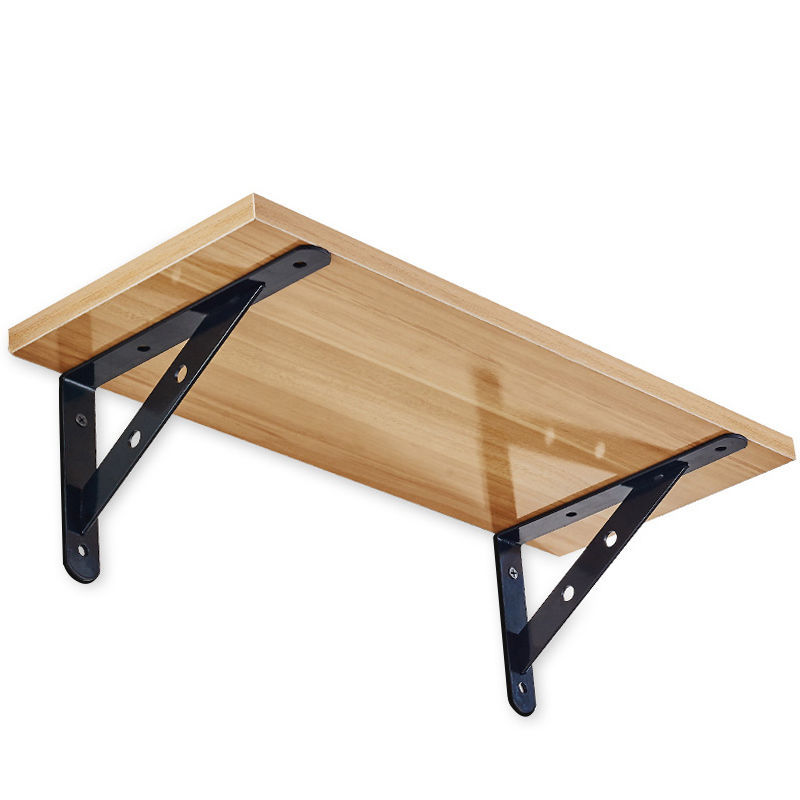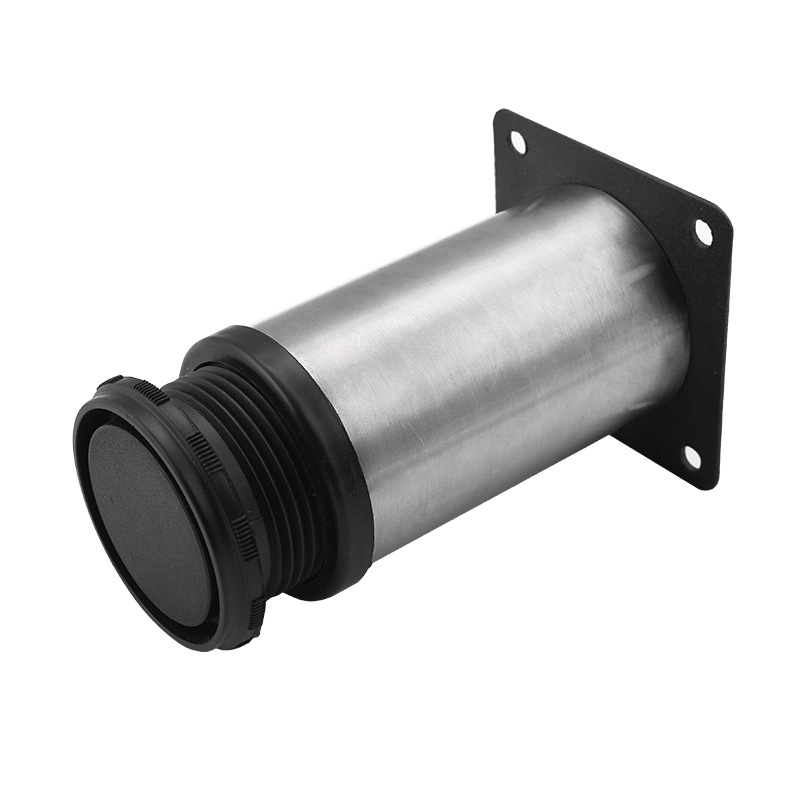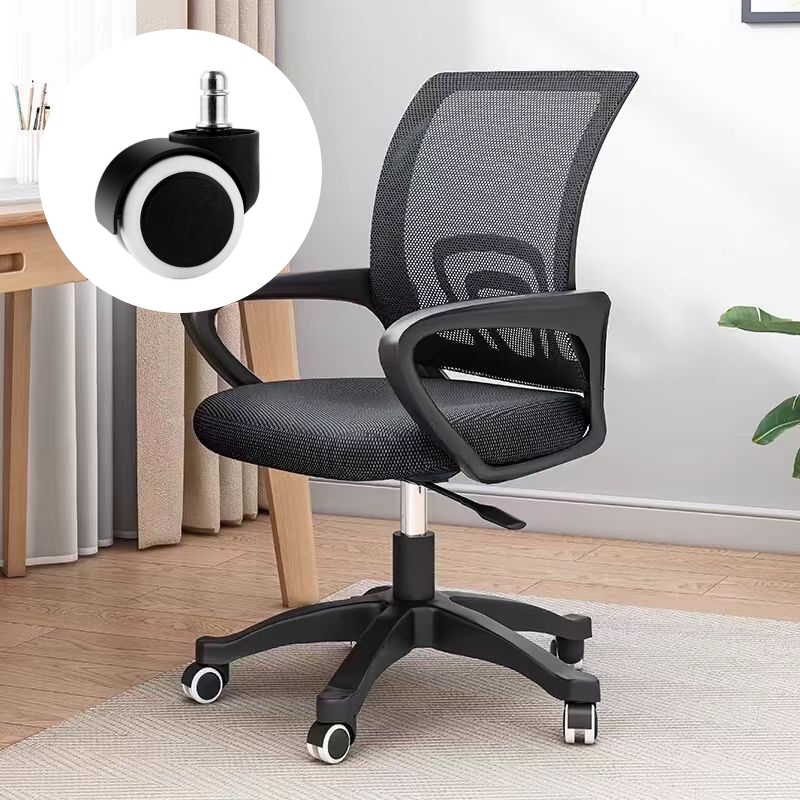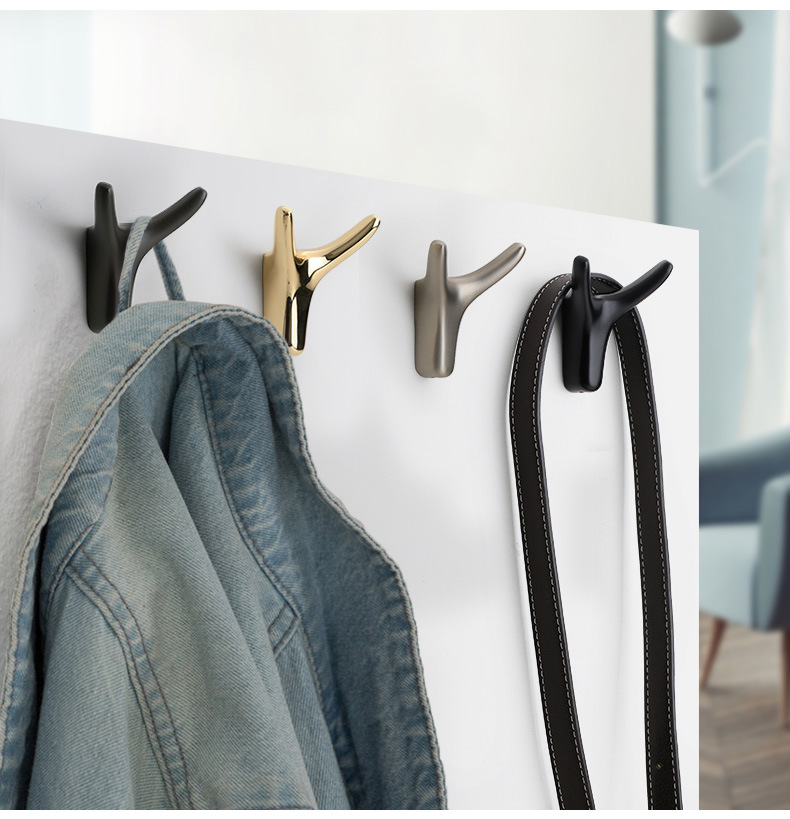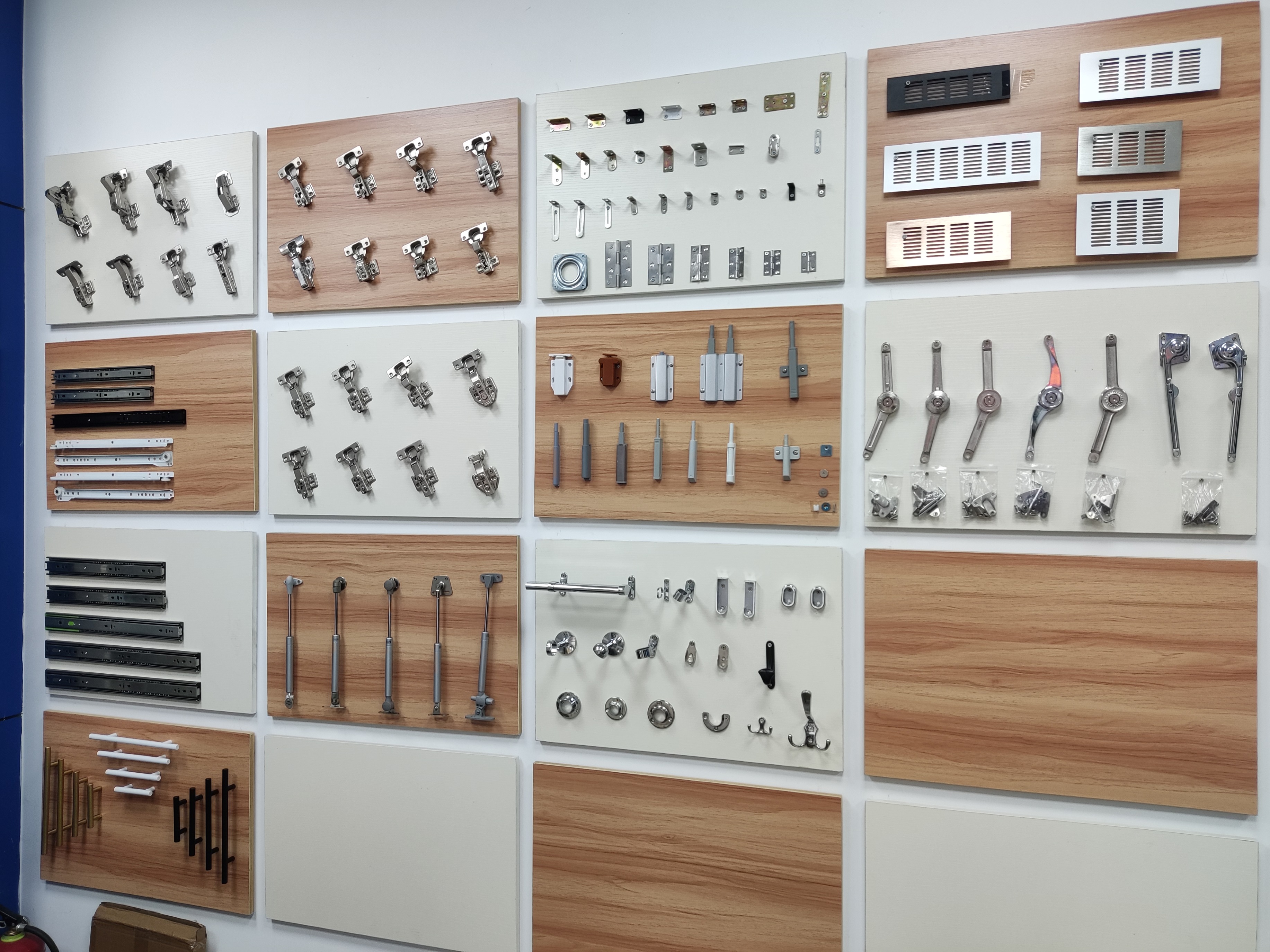
ABOUT
Guangzhou Toplink hardware Co., Ltd specialized in the production and export of furniture hardware fittings, with an experience of more than 14 years.
Our main products are drawer locks, cabinet hinges, sliding rails, cabinet handles, casters, cabinet legs and connecting fittings etc..
With a complete range of products, excellent performance and reasonable prices we have built up business with many customers all over the world.
We are committed to strict quality control and considerate customer service. We sincerely looking forward to becoming your best choice and the most reliable partner!
PRODUCTS
closet pole hanger bracket
Types of Closet Pole Hanger Brackets
The market offers a diverse selection of closet pole hanger brackets, each designed to cater to different needs and styles. One primary distinction lies in their mounting method. Flange brackets are the most common type, featuring a flat, circular or rectangular base that screws directly into the wall studs or a sturdy support board. These brackets provide a robust and secure support for the closet pole, ideal for heavier loads. Another popular choice is the support bracket, often featuring an angled design that allows for mounting the pole at a specific height or angle, offering flexibility for customized closet designs.
Beyond mounting, brackets differ in their material. Metal brackets, typically made from steel or aluminum, offer superior strength and durability, making them suitable for heavy clothing and frequent use. However, their potentially harsher appearance might clash with certain interior design aesthetics. Wooden brackets, on the other hand, seamlessly integrate into more traditional or rustic settings, adding a touch of warmth and elegance. Plastic brackets present a budget-friendly alternative, though their load-bearing capacity is typically lower than metal options. Careful consideration of both material and mounting type is crucial for ensuring the stability and longevity of your closet system.
Finally, the design aesthetic itself can vary widely. Some brackets boast minimalist designs, seamlessly blending into the background, while others incorporate decorative elements, adding a touch of personality to the closet. Consider the overall design scheme of your closet and choose brackets that complement the existing style, whether modern, traditional, or something in between. The subtle choice of bracket design can have a surprising impact on the overall look and feel of the space.
Material Considerations: Strength and Aesthetics
The material of your closet pole hanger bracket directly impacts its strength, durability, and aesthetic appeal. Steel brackets are a popular choice for their exceptional strength and resistance to corrosion. They can comfortably support heavier loads and withstand the rigors of daily use. However, steel can be prone to rust if not properly protected, and its industrial appearance might not suit all décor styles.
Aluminum brackets offer a lighter alternative to steel, yet retain a good balance of strength and durability. They are also resistant to corrosion, making them a suitable choice for humid environments. Aluminum brackets typically have a more contemporary look, integrating well into modern interior designs. The weight advantage can also be beneficial when dealing with weaker supporting walls.
For a more traditional or rustic look, wooden brackets can be an attractive option. While they might not possess the same strength as metal brackets, they can effectively support lighter loads. The natural grain and warmth of wood add a unique character to the closet space, creating a visually appealing and cohesive design element.
Finally, plastic brackets provide a budget-friendly solution, particularly suited for lighter loads and smaller closets. While functional, they are less durable than their metal or wooden counterparts and are more susceptible to damage.
Installation Techniques and Considerations
Proper installation is paramount to ensuring the safety and longevity of your closet pole and its supporting brackets. For flange brackets, accurate placement is crucial. Locate wall studs or install a sturdy backing board for optimal support. Using a stud finder ensures the bracket is securely fixed to the wall structure, preventing sagging or collapse under weight. Pre-drilling pilot holes reduces the risk of wood splitting and ensures a clean, accurate installation.
For angled support brackets, careful measurement and alignment are essential to achieve the desired pole angle and height. Using a level during installation ensures the pole remains perfectly horizontal, preventing clothing from slipping or the pole from becoming unstable. Check the bracket’s weight capacity and ensure it’s appropriate for the intended use. Overloading a bracket can lead to structural failure and potential damage to your clothing or property.
Always use appropriate fasteners that are compatible with both the bracket material and the wall construction. For example, using longer screws for thicker walls or stronger screws for heavier loads. Ensure the screws are tightened securely, preventing the bracket from loosening or pulling away from the wall over time. After installation, test the stability of the pole by gently applying weight to it to ensure secure fixation.
Choosing the Right Bracket for Your Needs
Selecting the appropriate closet pole hanger bracket involves careful consideration of several factors. Firstly, assess the weight of the clothes you intend to hang. Heavier loads necessitate stronger brackets, such as metal flange brackets secured to wall studs. Lighter loads, such as those in a linen closet, might allow for the use of less robust options like wooden or plastic brackets.
Secondly, consider the aesthetic preferences for your closet space. Brackets should complement the overall design style. Modern minimalist closets might benefit from sleek metal brackets, while traditional settings could integrate wooden brackets seamlessly. The color and finish of the bracket should also be considered, ensuring it harmonizes with the surrounding elements.
Thirdly, evaluate the wall construction and its load-bearing capacity. Some walls might require additional support, such as a backing board, to ensure the brackets are securely installed. Always refer to the manufacturer’s instructions and consider consulting a professional if uncertain about the installation process.
Finally, factor in the budget. While investing in high-quality brackets might seem expensive upfront, it guarantees the long-term durability and safety of your closet system. Choosing the right bracket balances functionality, aesthetics, and budget, ensuring a practical and visually appealing closet space.
SUBSCRIBE
INQUIRY
